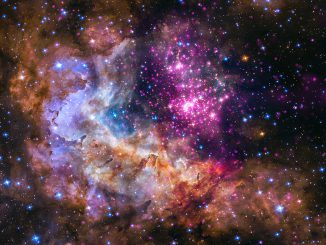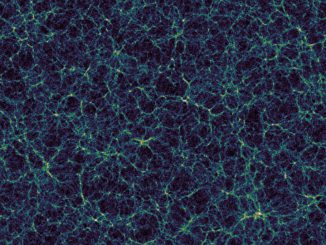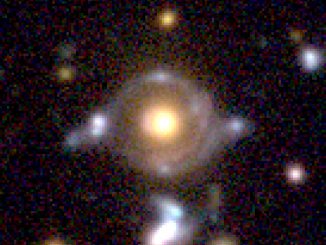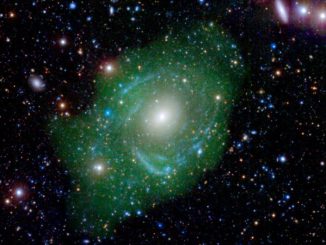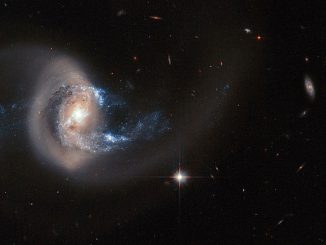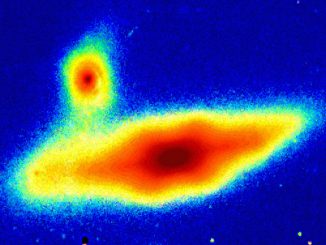
Discovery of binary-binary calls solar system formation into question
University of Florida astronomers have discovered the first “binary-binary” — two massive companions around one star in a close binary system, one so-called giant planet and one brown dwarf, or “failed star.” For such large companion objects to be stable so close together defies our current popular theories on how solar systems form.

